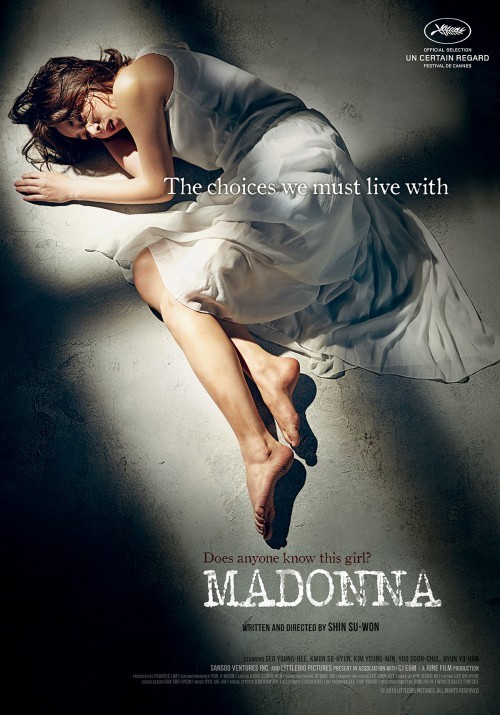 By Joe Bendel. There is a horrific organ harvesting scheme afoot in this swanky hospital, but the vibe is more Theodore Dreiser than Robin Cook. Everyone more-or-less knows the ruthless son of the hospital chairman will have the heart literally ripped out of a pregnant comatose street walker, killing both mother and child in the process. Sadly, this is just another injustice to befall the young woman, as a recently hired nurse’s aide learns during the course of her case history research in Shin Su-won’s Madonna, which screens during the 2015 New York Korean Film Festival.
By Joe Bendel. There is a horrific organ harvesting scheme afoot in this swanky hospital, but the vibe is more Theodore Dreiser than Robin Cook. Everyone more-or-less knows the ruthless son of the hospital chairman will have the heart literally ripped out of a pregnant comatose street walker, killing both mother and child in the process. Sadly, this is just another injustice to befall the young woman, as a recently hired nurse’s aide learns during the course of her case history research in Shin Su-won’s Madonna, which screens during the 2015 New York Korean Film Festival.
Moon Hye-rim is in desperate financial straits, but there is no shortage of money around her while she is on the job. She works in the exclusive VIP ward of an elite, well-funded hospital. Chairman Kim Cheol-oh is by far their most important patient. Clearly, his ventilator dependent body has had enough of life, but his son Kim Sang-woo will go to any length to prolong his miserable existence, primarily for financial reasons. Once the chairman dies, his fortune will be donated to charity, leaving virtually nothing for the entitled son. However, the junior Kim also seems to take sadistic satisfaction from his father’s miserable state.
Having exhausted their Chinese suppliers, Kim intends to plunder the heart of Jang Mi-na, a very pregnant young prostitute, nick-named Madonna because of her full figure. Frankly, it is questionable just how brain dead she truly is. However, everyone understands perfectly well the donation procedure will kill the baby. Moon agrees to track down a next of kin to sign Kim’s dubious consent forms, but in the process, she learns the magnitude of the tribulations endured by Jang.
Madonna is probably the most thoroughly and unremittingly heartbreaking film since Tetsuya Nakashima’s utterly draining Memories of Matsuko. Both films completely pummel the audience from start to finish, giving only us the leanest, subtlest payoffs imaginable. Yet, both are profoundly moral films. Yes, on a surface level, Madonna is a scathing indictment of class privilege and unchecked male sexual predation. Yet, it cuts far deeper, addressing basic human issues of empathy and exploitation.

In her feature debut, Kwon So-hyun is absolutely extraordinary as poor Jang. It is a harrowing performance, forcing her to endure all manner of physical and verbal abuse, but she is utterly convincing every step of the way. She never resorts to cheap histrionics, earning tears fair and square. Indeed, if she does not have you at least a little choked-up before it is all said and done, than you’re pretty suspect as a human being.
Although it initially appears to be the lead role, the ultra-reserved Moon is actually a rather thankless part. However, Seo Young-hee still quite compellingly portrays the slow awakening of her conscience. In contrast, the large supporting cast of exploiters and indifferent bystanders are credible enough, but largely pedestrian compared to the remarkable Kwon.
Shin will totally put you through the wringer, but it is worth it to witness the arrival an enormous young talent. Madonna should absolutely be the start of something big for Kwon So-hyun. Highly recommended for those who appreciate socially charged drama with a pinch of a noir thriller thrown in for garnish, Madonna screens this Sunday (11/8) at the Museum of the Moving Image, as part of the 2015 NYKFF.
LFM GRADE: A
Posted on November 5th, 2015 at 3:18pm.
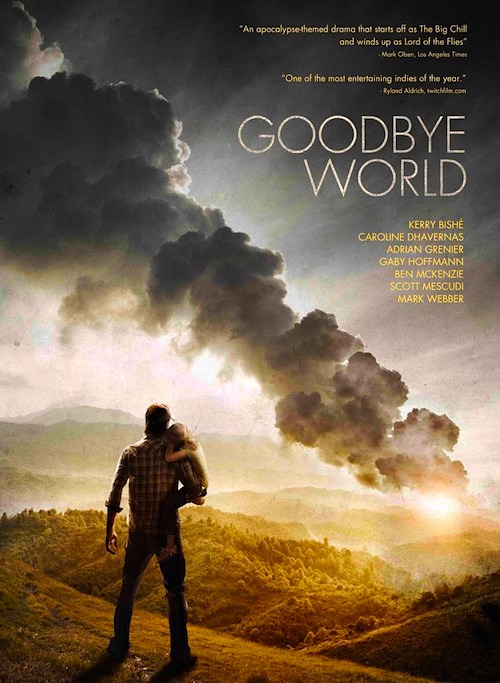
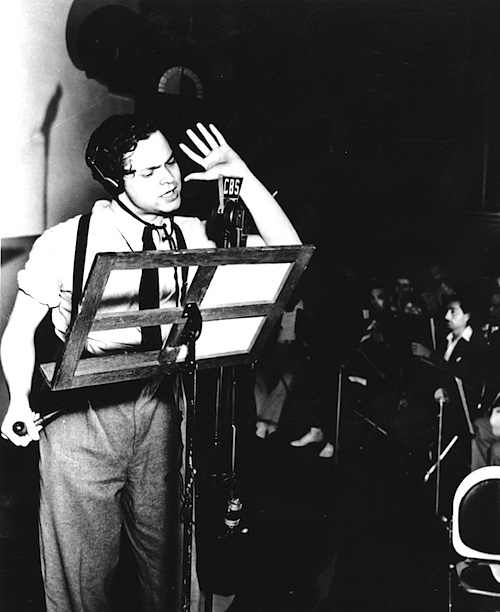

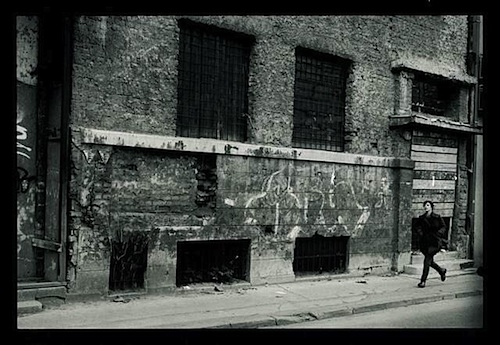
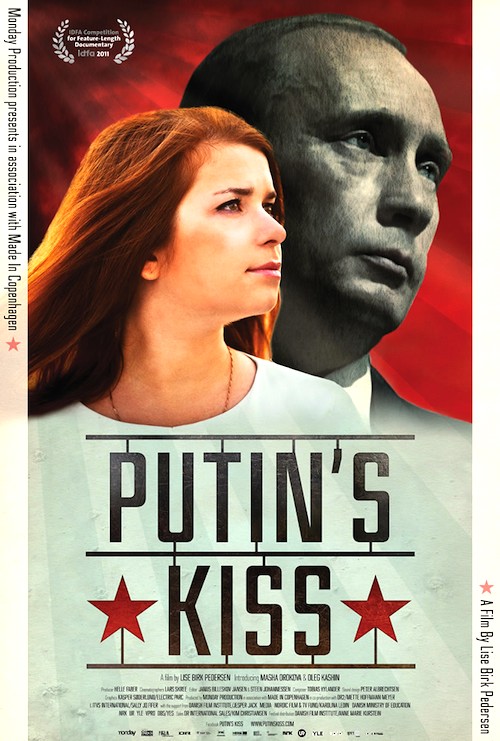

 Which makes her brief movie career all the more tragic. This is a woman who should have been a bigger movie star, someone who could have been in the sexy/sassy comedienne ranks with Ginger Rogers and Jean Harlow. While her
Which makes her brief movie career all the more tragic. This is a woman who should have been a bigger movie star, someone who could have been in the sexy/sassy comedienne ranks with Ginger Rogers and Jean Harlow. While her